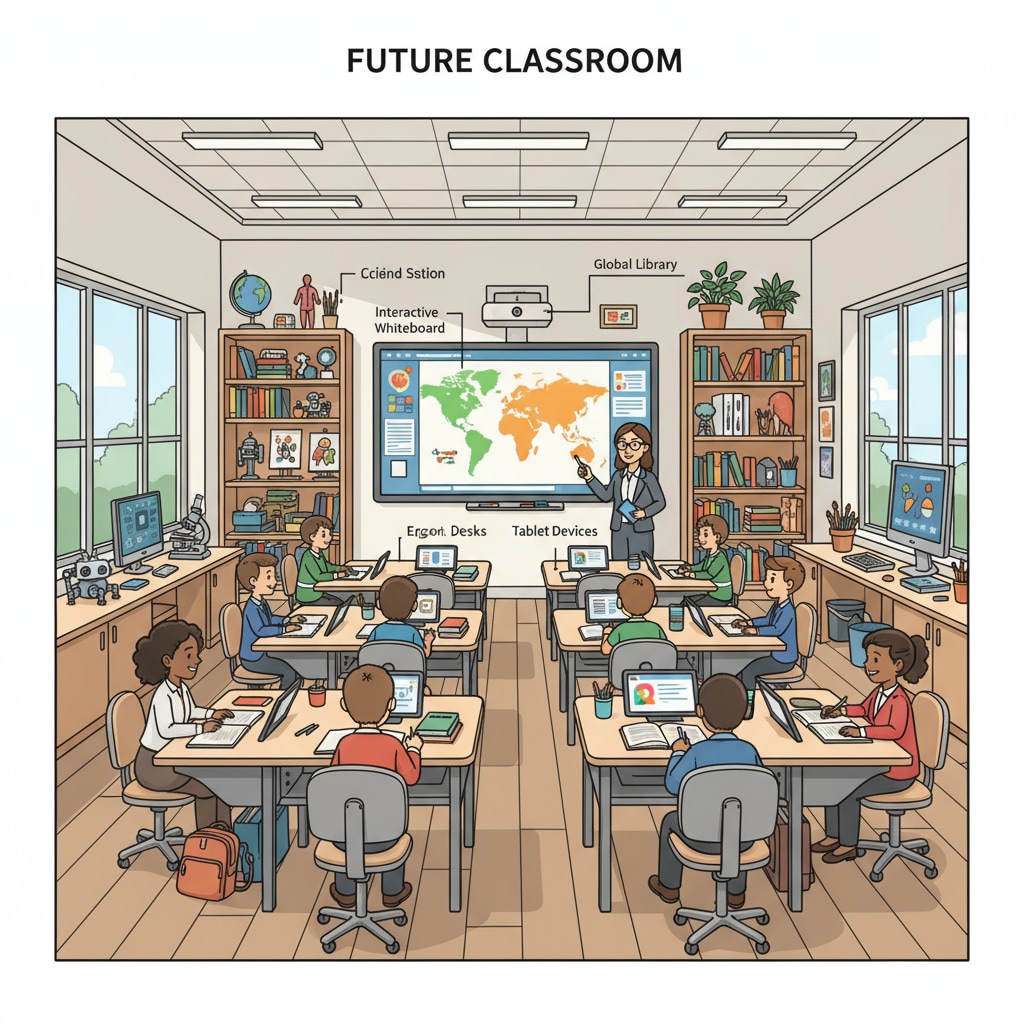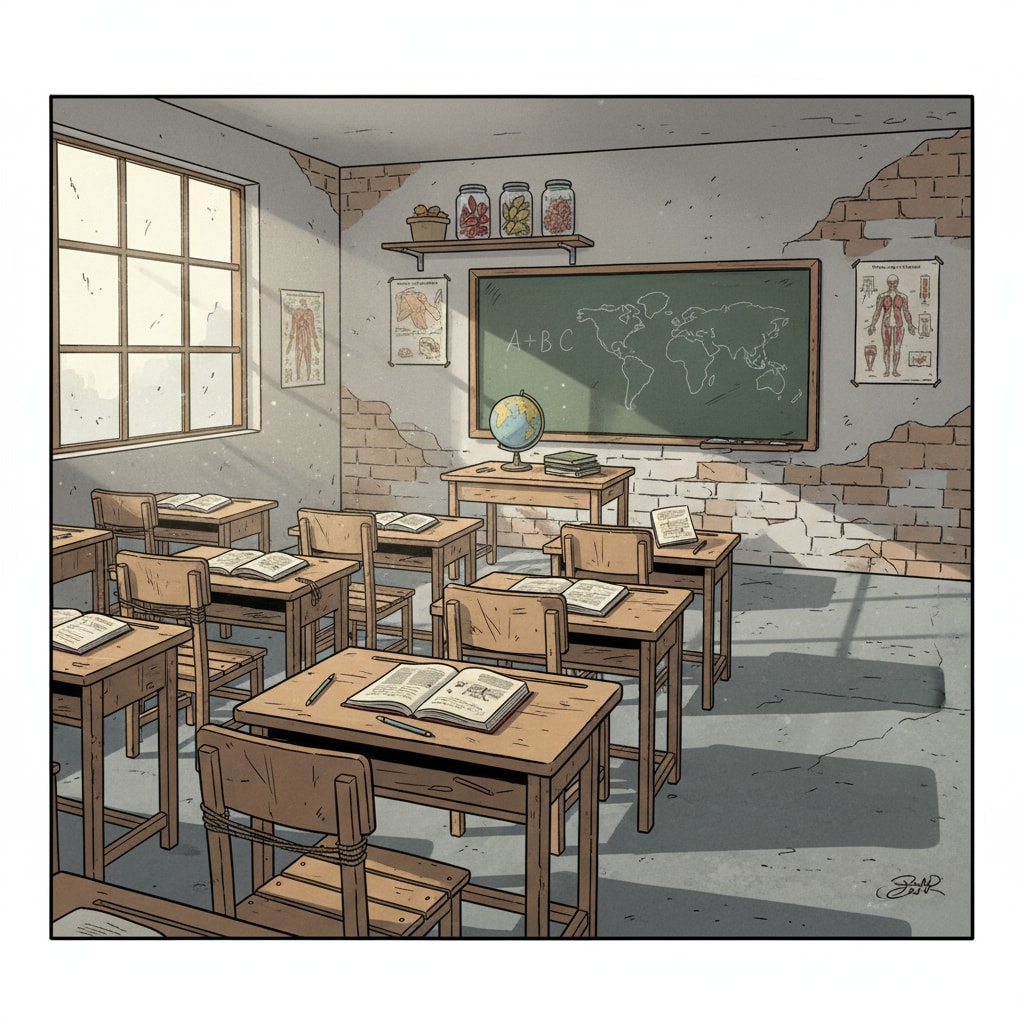Educational inequality, resource allocation, and curriculum reform are significant issues plaguing South Africa’s education system. The country’s education landscape is marked by a stark divide between affluent and underprivileged schools, a situation that demands urgent attention.

The Divide in South African Education
The gap between rich and poor schools in South Africa is growing. Affluent schools benefit from ample resources, including well – trained teachers, modern facilities, and extensive extracurricular programs. On the contrary, disadvantaged schools often lack basic necessities like textbooks, proper classrooms, and qualified educators. For example, a report by the South African Department of Education shows that some rural schools have classrooms with leaking roofs and no access to clean water. This disparity in resource allocation is a major contributor to educational inequality. Education in South Africa on Wikipedia

Resource Allocation Woes
The uneven distribution of resources is a fundamental problem. The government’s funding model often fails to adequately support schools in low – income areas. As a result, these schools cannot afford to hire experienced teachers or purchase up – to – date teaching materials. In addition, the lack of investment in infrastructure in disadvantaged regions means that students there are at a significant disadvantage compared to their peers in more prosperous areas. This not only affects academic performance but also limits the long – term opportunities for these students. Education in South Africa on Britannica
The Curriculum Dilemma
The current curriculum in South Africa also plays a role in educational inequality. It is often disconnected from the real – world experiences of many students, especially those from disadvantaged backgrounds. The curriculum focuses heavily on theoretical knowledge rather than practical skills that could help students succeed in the local job market. Moreover, the language of instruction can be a barrier for some students, as many schools use English, which may not be the first language of a large portion of the student population. This makes it difficult for them to fully understand the material and participate in the learning process.
The Need for Curriculum Reform
To address educational inequality, curriculum reform is essential. The curriculum should be more inclusive and relevant to the diverse backgrounds of South African students. It could incorporate local knowledge, cultures, and skills, enabling students to see the connection between what they learn in school and their daily lives. Additionally, efforts should be made to provide multilingual support in the classroom to ensure that language is not a hindrance to learning. By doing so, students from all walks of life will have a better chance of achieving their full potential.
Readability guidance: South Africa’s education system is in need of comprehensive change. By focusing on fair resource allocation and curriculum reform, the country can begin to bridge the gap in educational inequality and provide equal opportunities for all students.


